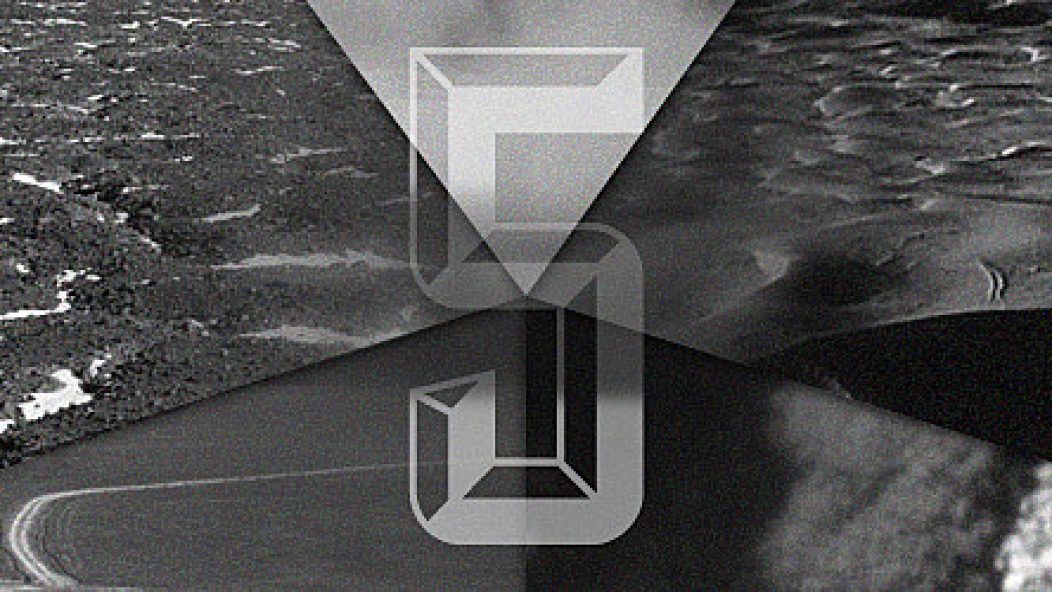
The 5 Most Metal Places on Earth

I’ve been watching a lot of nature documentaries lately. They’re a good way to unwind before hitting the hay at night; most of them consist of eye-candy footage, and incredibly soothing narration. But occasionally, these documentaries will discuss landscapes that are unquestionably metal.
So what makes a piece of terrain “metal”? The presence of things that frequently appear in metal band imagery helps: snow, mountains, predatory animals, and so on. Harsh climates are good, too; a lot of metal bands focus exclusively on projecting a foreboding atmosphere. Obscurity gets you cred points, of course. And above all, you have to run a pretty good chance of dying if you go there.
Here are my five picks for the most metal places on earth. Why five? That’s how many I managed to write about, before all the exhaustive research tuckered me out. And why these five in particular? Because they were the first ones to spring to mind. Feel free to suggest additions to the list in the comments.
. . .
Yellowstone is not a very metal place in the public consciousness. The visual associations go like this: Old Faithful, colorful hot springs, picturesque bison, waterfalls, and gawping tourists wearing “I am not a bear” shirts.
But come winter time, Yellowstone turns into a black metal theme park. Yellowstone itself is a high plateau surrounded on three sides by mountains. The fourth side opens onto the Snake River Plain, which funnels cool, moist air into Yellowstone’s mountainous cul-de-sac.
The air gets trapped there, freezes, and dumps mind-blowing amounts of snow into the Yellowstone valley — 50 feet per year, as opposed to the 10 feet that surrounding areas receive. Temperatures sink as low as -40° (the Fahrenheit and Celsius scales read the same at that temperature).
The animals that live in Yellowstone, such as the famed bison, are built to withstand the awful winters. But even bison struggle with the extreme conditions; they burn thousands of calories digging for dead grass with all the nutritional value of cardboard. Only the wolves benefit from the weather. They actually get stronger as they feast on their weakened prey.
Yellowstone has a lot of geysers — more than the rest of the world combined. Here’s why: Yellowstone sits on top of an enormous magma chamber that superheats the groundwater there.
The last time this volcano erupted — 640,000 years ago — it blasted hundreds of cubic miles’-worth of molten rock into the atmosphere, buried most of North America in ash, and caused a miniature ice age. It will erupt again, and scientists have no clue when.
Only one band can capture the hilariously metal awfulness that comprises winter in Yellowstone: Immortal.
. . .
http://www.youtube.com/watch?v=l8atC39ODns
Immortal – “Frozen by Icewinds”
. . .
Everyone knows that most of the Arabian Peninsula is a desert. But even deserts come in gradations, and the Rub’ al-Khali is a desert among deserts.
The Rub’ al-Khali — the Empty Quarter, in English — occupies the southeastern corner of the Arabian Peninsula, covering much of Saudi Arabia and straddling the border with Oman, Yemen, and the United Arab Emirates. It is one of the largest deserts in the world, and possibly the sandiest: it contains seven and a half times as much sand per square mile as the Sahara.
This sand piles up in dunes up to 850 feet high, and the wind in the Empty Quarter blows these dunes across the terrain at a rate of several kilometers per year. The terrain is impossibly harsh — it may have swallowed cities in the past — and is getting harsher. Thanks to climate change, even the local Bedouins now have trouble crossing it.
The Empty Quarter seemingly has nothing by which to recommend it; it is, after all, empty. But it’s among the world’s most coveted real estate, thanks to its massive oil reserves. Brutal.
. . .
http://www.youtube.com/watch?v=UOlRlDGkHR4
Nader Sadek – “Petrophilia”
. . .
The ocean is kind of a creepy place in general. Its deepest points are less accessible than space. When I imagine alien life-forms, they look kind of like deep-sea jellyfish.
The bottom of the ocean, called “the abyssal plane”, which by itself would be a good band name, is dotted with hydrothermal vents. Superheated water from deep within the earth spews out of stone chimneys; scientists call these imposing structures “black smokers”. Since these vents are at the bottom of the ocean, the water around them is already black. The vented water is blacker than black. How much more black could it be? None. None more black.
The mineral-rich water from the black smokers feeds thermophilic bacteria, which in turn sustain entire self-contained ecosystems. These ecosystems are extremely unusual among life on earth in that they don’t need sunlight. The organisms that comprise them are pale, bulbous, unearthly things — longer and older than any human, yeti crabs, monstrous clams, and armored snails.
These creatures would surely despise the sun.
. . .
http://www.youtube.com/watch?v=pQaxYzCzOTw
Suffocation – “Despise the Sun”
. . .
The McMurdo Dry Valleys are the (un)holy grail of extreme deserts. They occupy a geographically unusual sector of Antarctica. The valleys are protected from glacier flows and precipitation, and thus are one of the very few parts of the continent not covered by ice or snow.
Consequently, the valleys are cold, dead, and almost impossibly dry. Frigid winds whip through them at speeds of up to 200 miles per hour. The terrain is so completely desolate that scientists study it for its similarity to the surface of Mars. No animals live there; any beast that wanders into the valleys ends up as a mummified carcass.
Life exists in this wretched place, but only just. Photosynthetic bacteria must take refuge inside rocks to survive. A glacier near the edge of the McMurdo Valleys bears a nightmarish feature: a five-storey, blood-red waterfall. Blood Falls actually gets its color from iron oxide — rust — that is in turn produced by a community of microbes trapped in a saline lake deep beneath the glacier. But the Australian explorer who discovered it in 1911 probably thought he’d stumbled through a gate to hell.
For me, nothing says “timeless desolation” like Sunn O)))’s Black One. (Especially this Immortal cover.)
. . .
http://www.youtube.com/watch?v=rMbEHUIQHcM
Sunn O)))- “Cursed Realms (Of the Winterdemons)”
. . .
Aksai Chin is a high, arid expanse that lies north of the Himalayas. It is a stone desert with no human populace to speak of, no natural resources, and no economic significance. Unlike the other entries in this feature, it is neither picturesque nor endowed with interesting geographical features or novel fauna.
But Aksai Chin deserves a mention here for its place in history. It lies along a disputed border between India and China. In 1962, the two countries fought a bloody war over it. China won, and now administers the region, though India still claims it.
Why would these countries go to war over such a useless piece of land? The conflict began when the Chinese built a road through the region, but Aksai Chin has little more strategic value than it does economic worth. The real reasons behind the war are more esoteric: concerns for territorial sovereignty, domestic political pressures, and miscommunication between the leadership of each country. A professor I had in college insisted that this last factor was the most significant.
So thousands died in a war over a barren desert that was arguably fought by accident. It doesn’t get much more metal than that.
. . .
Sepultura – “Territory”
. . .
















